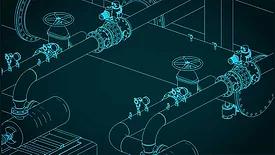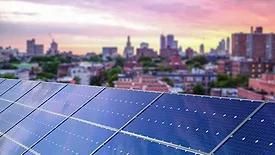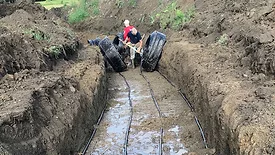Articles by John Siegenthaler, P.E.
Renewable Heating Design | John Siegenthaler
Where’s Waldo?
Read More
Hydronics Workshop | John Siegenthaler
Options for connecting heat pumps to existing boiler systems
Tie ins
February 1, 2024
Renewable Heating Design | John Siegenthaler
Complementary fuel sources
Progression to renewably sourced energy should not be immediate, or exclusive to fossil fuels.
January 3, 2024
Hydronics Workshop | John Siegenthaler
The ‘ins’ and ‘outs’ of thermal storage
Hydronic systems stand ready to offer performance benefits as electrification movement advances.
January 2, 2024
Renewable Heating Design | John Siegenthaler
Concepts for varying flow rate in geothermal earth loops — Part 2
Max COP Tracking
November 30, 2023
Hydronics Workshop | John Siegenthaler
A simple, repeatable and scalable approach to hydronic distribution
This one works…
November 30, 2023
Renewable Heating Design | John Siegenthaler
Concepts for varying flow rate in geothermal earth loops
Max COP Tracking — Part 1
November 2, 2023
Hydronics Workshop | John Siegenthaler
What’s possible with hydronics and heat pumps?
Combined elements — part two
November 1, 2023
Hydronics Workshop | John Siegenthaler
Creating a complete system to provide space heating, cooling, DHW and fresh air ventilation
Combined elements
October 2, 2023
Renewable Heating Design | John Siegenthaler
Products that would be welcome additions to the North American hydronics market
Five propositions
September 29, 2023
Keep your content unclogged with our newsletters!
Stay in the know on the latest plumbing & piping industry trends.
JOIN TODAY!Copyright ©2025. All Rights Reserved BNP Media.
Design, CMS, Hosting & Web Development :: ePublishing











